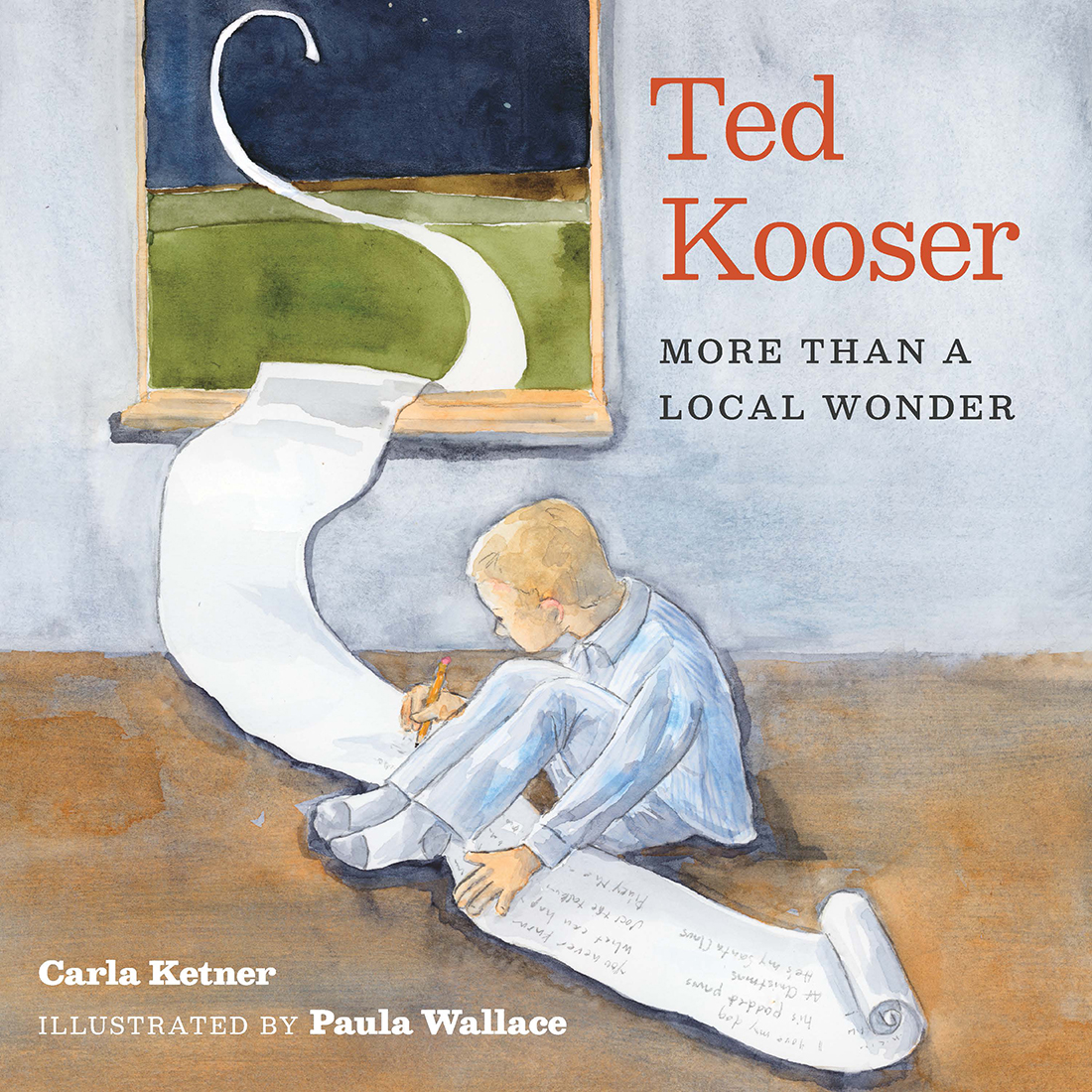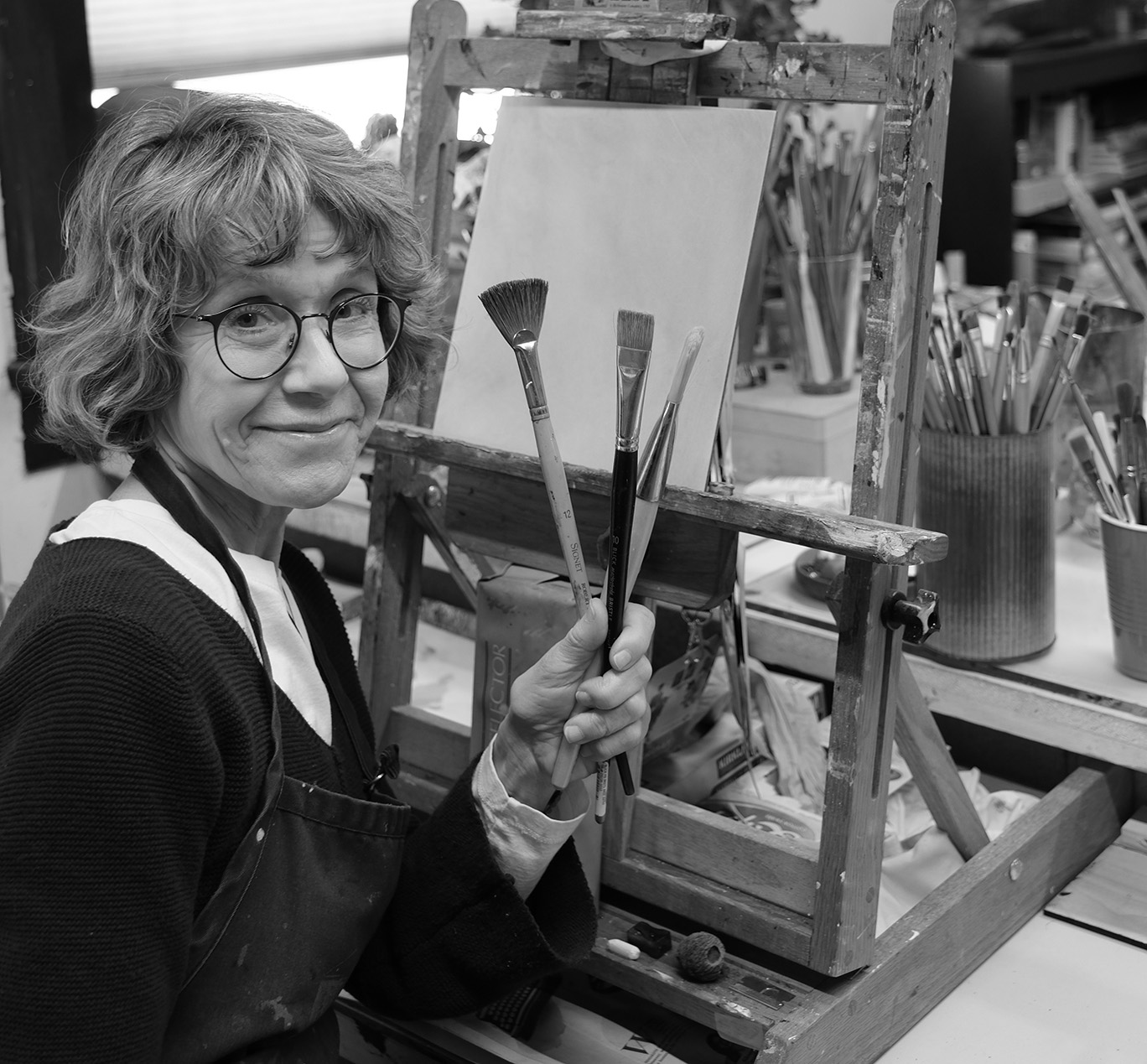
“Ted Kooser: More Than a Local Wonder” shares how a boy found his niche and sharpened his skills to become a renowned writer.
In the book, scheduled for release Nov. 1 from the University of Nebraska Press, author Carla Ketner of Seward and illustrator Paula Wallace of Omaha tell the story of Nebraska poet Kooser’s childhood as he was looking for his place in the world.
“He found his own way to fit in, but I think he found his way to stand out,” Ketner, a University of Nebraska–Lincoln alumna, said. “Writing was his way to find himself and feel comfortable with himself.”
Kooser, professor emeritus in English at the University of Nebraska–Lincoln, won the Pulitzer Prize in poetry in 2005 and was the U.S. poet laureate from 2004 to 2006.
Ketner has known Kooser personally for almost 20 years. She owns Chapters Books and Gifts in Seward, which has hosted book release parties and signings for Kooser.
One day six or seven years ago, Ketner was researching famous Nebraskans for possible book topics. She wanted to write a children’s book about a famous Nebraskan, and her son suggested Kooser. Soon after, a customer asked for a children’s book about him. These moments were signs for Ketner that Kooser was the right choice.
“I care about Ted, he’s a great Nebraskan,” she said. “There were all kinds of reasons it was a good idea …There’s an elementary school in Lincoln named after him, and I thought the kids in that school need to know who he is.”

Ketner approached Kooser, who agreed to interviews about his childhood. She found that young Kooser felt like a bit of an outsider when it came to his peers but had a close, supportive relationship with his family. When he didn’t find his place in sports or other group activities, he found it in writing.
“It’s a story about a person finding their way in life and finding what they’re good at and finding out who they are and following their passions,” Ketner said. “Ted found his way through words and poetry.”
Ketner thinks people can also learn from Kooser’s work ethic, like when he used to wake up early to write before heading to his day job in insurance. She said he’s been successful in his writing because he worked hard to improve his skills.
“He put a lot of effort into his writing,” she said. “He has decades worth of work into his success. His persistence paid off.”
She also wrote an author’s note with more detailed biographical information and some of Kooser’s poems.
The conversations with Kooser made Ketner appreciate his writing even more than she already did. She said it was intimidating to write about such a decorated writer, but said his participation was good motivation.
“It showed me he had enough faith in me,” she said. “That was encouraging. I worked hard to make it a reality, knowing it was for Ted.”
Ketner knew Wallace a bit and thought her style would fit well with the book. Ketner also liked the idea of joining together a Nebraska subject, author, illustrator and press. The book is Nebraskan through and through.
Wallace said she is also an admirer of Kooser’s work, so she was excited to work on the project. She said Kooser’s writing is precise and uncluttered, and she wanted her illustrations to reflect that sensibility.
She said the cover illustration, “Writing at Night,” is one of her favorites.
“It was the first illustration fleshed out after sketching and doodling ideas,” Wallace said. “The theme of the scroll would become a prominent motif. His life was unfolding, his stories and poems with it. The scroll is both coming into his personal world, informing his writing and then extending from it, returning his words to the world.”
Ketner said Kooser expressed feelings of not really fitting in when he was a child, and so many kids can relate to that feeling. She said Kooser’s relatability is reflected in his poetry. He writes about little, seemingly ordinary things like seeing a heron flying over a lake or going to a café for lunch, and shows why those moments are special, she said.
“His poetry is accessible,” she said. “Kids can relate to it, adults can relate to it. He writes about things we’ve all experienced in a new way that makes us see them differently.”










